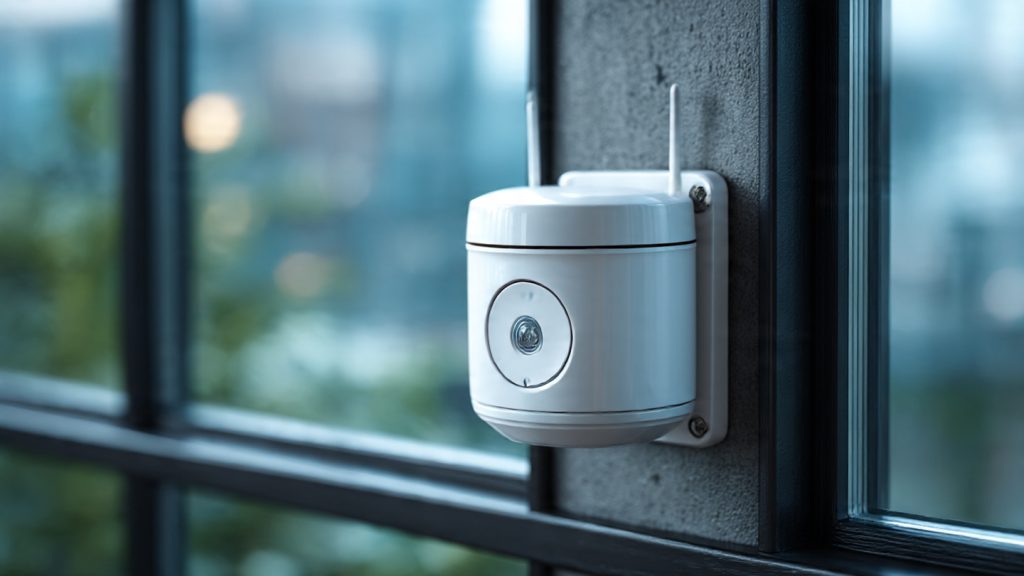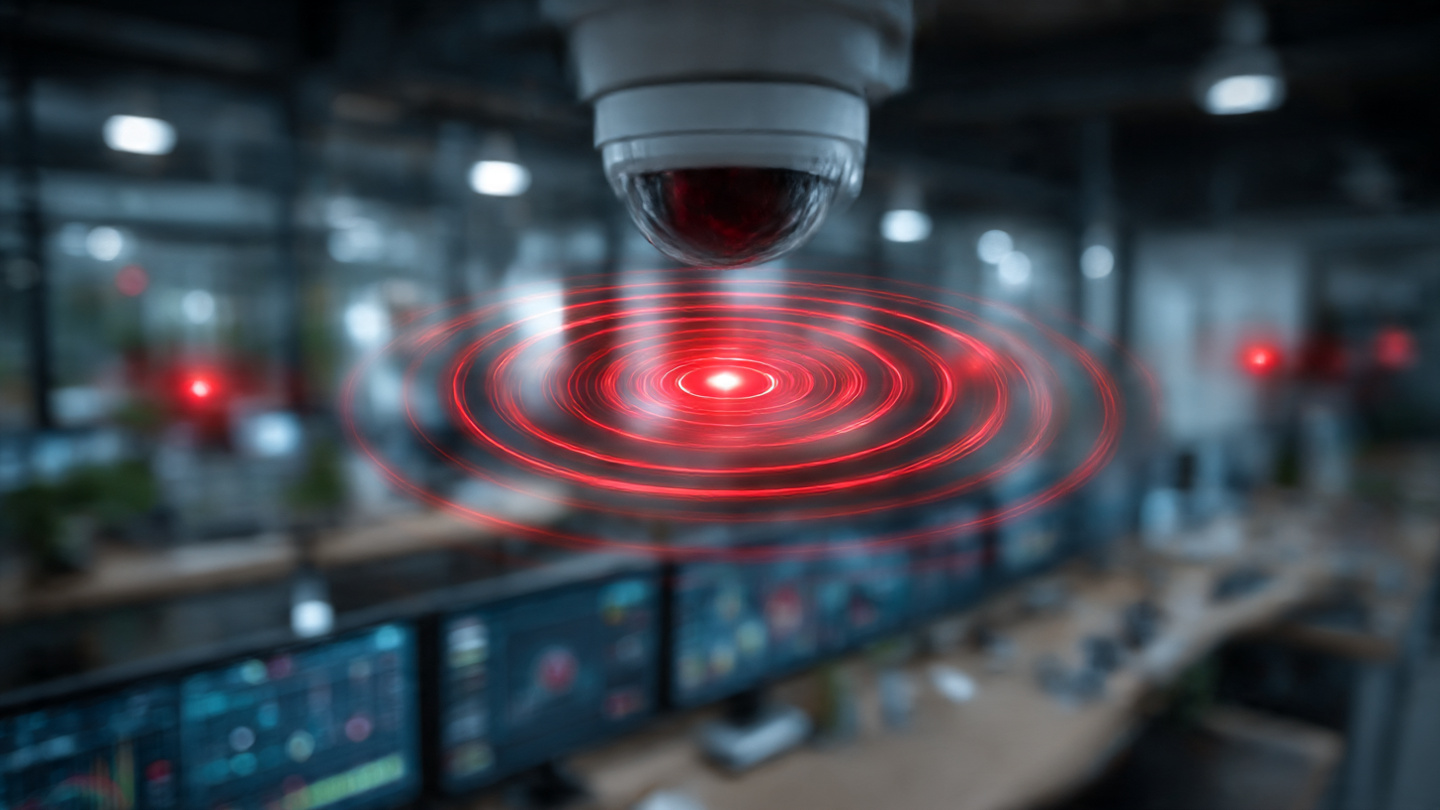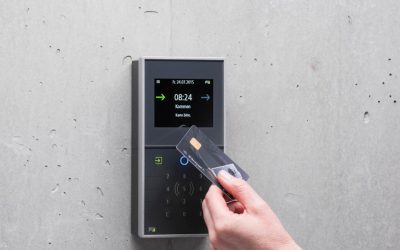Alarm Monitoring
The alarm monitoring process is a critical component of modern home security systems, designed to provide homeowners with peace of mind and a sense of safety. At its core, this process involves the continuous surveillance of alarm systems installed in residential properties. When an alarm is triggered, whether due to a break-in, fire, or other emergencies, the monitoring system springs into action.
This immediate response is essential for ensuring that help is dispatched quickly, minimizing potential damage or loss. Alarm monitoring typically involves a subscription service where homeowners pay a monthly fee for professional oversight. This service connects the home’s security system to a monitoring center, which operates around the clock.
The integration of technology in this process allows for real-time alerts and responses, making it a vital aspect of home security. With advancements in smart technology, homeowners can now control various aspects of their security systems remotely, enhancing their ability to respond to incidents even when they are not physically present at home. Enhance your peace of mind with Alpha Security Corp’s tailored Residential Security Services.
Key Takeaways
- Alarm monitoring involves the continuous supervision of security systems to detect and respond to any potential threats or emergencies.
- The monitoring center plays a crucial role in receiving and analyzing alarm signals, and coordinating with emergency services when necessary.
- Alarm signals are received through various channels such as landline, cellular, or internet communication, and are promptly assessed for appropriate action.
- Verification processes and false alarm prevention measures are implemented to ensure that emergency services are dispatched only when necessary.
- Effective communication with homeowners before, during, and after an alarm event is essential for providing reassurance and guidance.
The Role of the Monitoring Center
The monitoring center serves as the nerve center of alarm monitoring services. It is staffed by trained professionals who are responsible for overseeing multiple properties simultaneously. When an alarm is triggered, the monitoring center receives the signal and begins the process of assessing the situation.
This facility is equipped with advanced technology that allows for quick analysis and response to various types of alarms, including intrusion, fire, and medical emergencies. In addition to receiving alarm signals, the monitoring center plays a crucial role in maintaining communication with emergency services and homeowners. The staff is trained to handle high-pressure situations and can quickly determine the appropriate course of action based on the nature of the alarm.
This includes contacting local law enforcement, fire departments, or medical responders as needed. The efficiency and effectiveness of the monitoring center can significantly impact the outcome of an emergency situation, making it an indispensable part of the alarm monitoring process.
How Alarm Signals are Received

Alarm signals are received through a variety of methods, depending on the technology used in the security system. Most modern systems utilize wireless communication, which allows for greater flexibility and ease of installation. When an alarm is triggered, sensors detect unusual activity or changes in environmental conditions and send a signal to the monitoring center via cellular networks or internet connections.
This instantaneous communication ensures that help can be dispatched without delay. In some cases, traditional landline connections may still be used for alarm signals. However, as technology has evolved, many homeowners have opted for more advanced systems that rely on cellular or internet-based communication.
These methods not only provide faster response times but also offer enhanced security against tampering. For instance, if an intruder cuts a phone line to disable a traditional system, a wireless system would remain operational, ensuring that the monitoring center is alerted regardless of the circumstances.
Verification and False Alarm Prevention
One of the challenges faced by monitoring centers is the occurrence of false alarms. These can arise from various factors, including user error, equipment malfunctions, or environmental triggers such as pets moving within the home. To mitigate this issue, many monitoring centers employ verification protocols before dispatching emergency services.
This may involve contacting the homeowner to confirm whether an alarm was triggered intentionally or if it was indeed a false alarm. Verification processes are essential not only for reducing unnecessary emergency responses but also for maintaining good relationships with local law enforcement agencies. Frequent false alarms can lead to fines for homeowners and strain on police resources.
By implementing verification measures, monitoring centers can ensure that emergency services are dispatched only when truly necessary, thereby enhancing overall efficiency and effectiveness in responding to real threats.
Dispatching Emergency Services
Once an alarm has been verified as legitimate, the next step involves dispatching emergency services to the location of the incident. The monitoring center communicates directly with local authorities, providing them with critical information such as the nature of the alarm, the address of the property, and any relevant details that may assist responders upon arrival. This swift action is crucial in minimizing potential damage or harm to individuals within the home.
The ability to dispatch emergency services quickly can make a significant difference in critical situations. For instance, in cases of fire or medical emergencies, every second counts. The monitoring center’s role in facilitating this communication ensures that help arrives promptly and efficiently.
Additionally, many modern systems allow for real-time updates to be sent to homeowners regarding the status of their property and any actions taken by emergency responders.
Communication with Homeowners

Effective communication with homeowners is a cornerstone of successful alarm monitoring services. After an alarm has been triggered and emergency services have been dispatched, it is essential for monitoring centers to keep homeowners informed about what is happening at their property. This may involve sending notifications via text messages or phone calls to ensure that homeowners are aware of any developments.
Moreover, ongoing communication helps build trust between homeowners and their monitoring service providers. Homeowners appreciate being kept in the loop during emergencies and having access to information about their property’s safety status. Additionally, many monitoring services offer mobile applications that allow homeowners to monitor their security systems remotely and receive real-time alerts directly on their smartphones.
This level of engagement enhances the overall user experience and reinforces the importance of professional alarm monitoring.
Post-Alarm Follow-Up
After an incident has been resolved, post-alarm follow-up is an important aspect of the alarm monitoring process. Monitoring centers often reach out to homeowners to discuss the event and gather feedback on how the situation was handled. This follow-up serves multiple purposes: it allows homeowners to express any concerns they may have had during the incident and provides an opportunity for monitoring centers to assess their response protocols.
Additionally, post-alarm follow-up can lead to valuable insights that help improve future responses. By analyzing patterns in alarm triggers and homeowner feedback, monitoring centers can refine their processes and enhance their services over time. This commitment to continuous improvement not only benefits individual homeowners but also contributes to overall community safety by ensuring that emergency response systems are as effective as possible.
The Importance of Professional Alarm Monitoring
Professional alarm monitoring is an invaluable service that enhances home security and provides peace of mind for homeowners. With 24/7 surveillance and rapid response capabilities, these services ensure that homes are protected around the clock. The integration of advanced technology allows for seamless communication between security systems and monitoring centers, enabling quick action in emergencies.
Moreover, professional monitoring services offer a level of expertise that cannot be matched by self-monitored systems. Trained professionals are equipped to handle high-pressure situations and make informed decisions based on established protocols. This expertise not only improves response times but also reduces the likelihood of false alarms and unnecessary dispatches.
In conclusion, investing in professional alarm monitoring services is a proactive step toward safeguarding your home and loved ones. With tailored residential security systems from companies like Alpha Security Corp, homeowners can enjoy comprehensive control over their security measures while benefiting from reliable support in times of need. Protect what matters most with a robust security solution that combines technology with expert oversight for ultimate peace of mind.
In addition to understanding the intricacies of alarm monitoring, you may find it beneficial to explore how to enhance your overall security measures. A related article, How to Upgrade Your Commercial Security in Sydney, provides valuable insights into the latest strategies and technologies that can complement your alarm system, ensuring a comprehensive approach to safeguarding your property.










